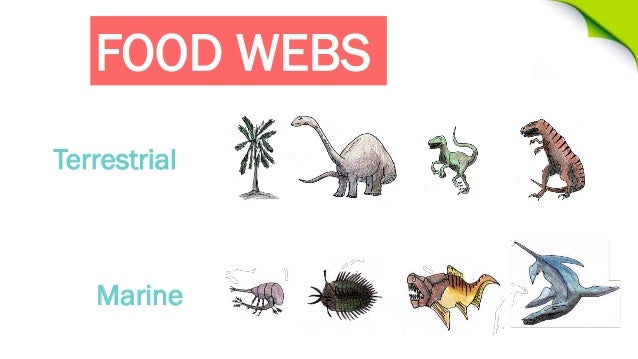Prehistoric humans were surprisingly creative cooks Biology Diagrams Carnivorous dinosaurs, on the other hand, hunted other dinosaurs and prehistoric creatures. They had sharp teeth and claws designed for tearing flesh, as evidenced in species like Tyrannosaurus rex and Velociraptor. Additionally, some dinosaurs were omnivores, eating both plants and animals, which provided them with a flexible diet that helped

The Prehistoric Food Web: A Tapestry of Nutrients. To fully understand what food looked like before humans, we must first grasp the concept of the prehistoric food web. This intricate system involves producers, consumers, and decomposers, each playing a crucial role in maintaining ecological balance. Producers: The Foundation of Life

Unearthing the Food Chain of Dinosaurs Biology Diagrams
The Food Chain Of Dinosaurs, a complex web of predator and prey, shaped the Mesozoic Era.From the towering giants to the smallest scavengers, each dinosaur played a vital role in this prehistoric ecosystem. Understanding this intricate system offers a fascinating glimpse into a world lost to time. Newly unearthed 120-million-year-old fossils have revealed a surprising shift in the prehistoric food chain, challenging long-standing theories about which predators ruled ancient Australia.

Any animal community has food chains of predators and prey. Interlinked chains form a food web. This diagram shows who ate whom in Late Cretaceous western North America. Arrows point to the predator. The top predators were the tyrannosaurs, but all dinosaurs ultimately depended on plants.

DK Science: Feeding Biology Diagrams
Dinosaurs, both carnivorous and herbivorous, played pivotal roles in the prehistoric food chain, contributing to the intricate dynamics of predator-prey interactions and ecological niches. Their feeding habits and interactions shaped the structure and function of ancient ecosystems, influencing the distribution and abundance of species within Herbivorous dinosaurs had physical traits that helped them eat and digest plants. These plant-eaters typically formed the base of dinosaur food chains, converting plant energy into body mass that carnivorous dinosaurs could then consume. Some of these adaptations include: Flat, ridged teeth for grinding tough plant material instead of cutting. Feeding Behavior of Carnivorous Dinosaurs. When it comes to understanding the hunting strategies and predation patterns of carnivorous dinosaurs, the study of bite marks on dinosaur bones offers valuable insights. Specifically, examining the bite marks on sauropod bones has shed light on the feeding behavior of these ancient predators. Contrary to popular belief, large meat-eating dinosaurs
